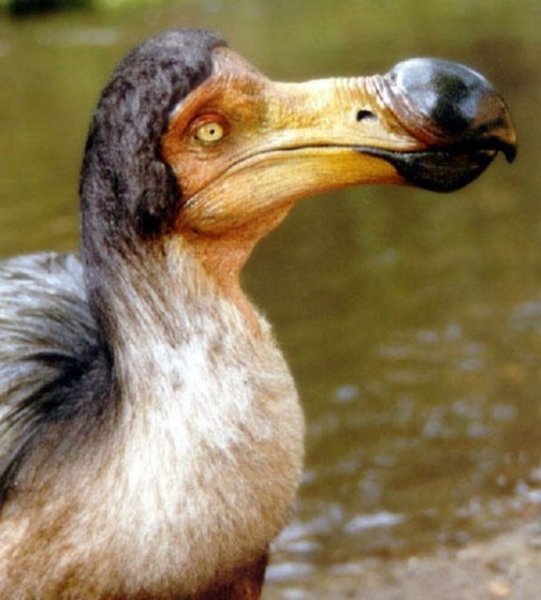
Apologies to anyone out there who thinks these creatures are wonderful, and to those who adore them for their anti-allergenic properties. Humans have been tinkering with evolution and causing genetic changes for as long as 30,000 years, and we are remarkably good genetic engineers.

Humans have long tinkered with life- what’s the most fascinating example?ĭomestication, from dogs and cats to farm animals to the diversity of crop plants that we rely on for food, to bottle gourds that our ancestors domesticated to use as storage containers and floats for fishing boats. Shapiro's new book examines the capacity of science to bring back extinct animals.

If that cell is then used to create an embryo and eventually an animal, the result will be a hybrid animal with DNA that is mostly elephant and a little bit mammoth. The result is not a clone but a hybrid: a cell that contains DNA that is mostly elephant, but a little bit mammoth. Instead of using this cloning technology, scientists who are working on mammoth de-extinction are using new molecular tools to edit the genomes of elephants so that some of their DNA sequences are changed to look like mammoth DNA sequences. Cloning-the process of somatic cell nuclear transfer, which most famously brought us Dolly the Sheep-is a specific technology that requires cells that are harvested from a living individual. The biggest misconception is that we are creating clones. What’s the biggest misconception about de-extinction? If you mean 100-percent mammoth, with all mammoth genes and behaviors, that will never happen. Longer for mammoths, for the reasons I’ve already mentioned and because elephants have a two-year gestation period. The answer depends on what you're willing to accept as "de-extinction." If you mean a pigeon born with some passenger pigeon traits, or an elephant born with mammoth-like traits, it could happen within a few years to a decade. How long before de-extinction is a reality? Dinosaurs had been gone for a very long time by then. The limit of DNA survival, which we’d need for de-extinction, is probably around one million years or less. Not a dinosaur, like a Tyrannosaurus Rex? I wouldn't want to run into him in my backyard. When the largest of these bears stood on his hind legs, he would have been nearly 12 feet tall. I would be most afraid of the giant short-faced bear. If the dodo were to be brought back, it could be restored to protected habitats on Mauritius, where people could go to observe dodos in their native habitat. It's very silly looking and has several really weird traits: It can't fly, it retains juvenile characteristics and-obviously-it had no particular fear of humans as predators. What extinct animal would be the most fun to bring back?

Dodo bird dna found how to#
Before mammoth de-extinction proceeds beyond the first stages of sequencing and manipulating genomes, we need to know much more about how to perform these later steps in ways that are not harmful to elephants. We would need elephant eggs, elephant maternal hosts and elephant surrogate families to raise the unextinct mammoths before releasing them into the wild. Problematically, mammoth de-extinction would necessarily involve working with and manipulating female elephants. In my mind, the mammoth is a great choice for both of these reasons. The best choice would be an animal that could not only inspire people to be interested in science and technology but that also would have a net positive impact on the environment. Because there are so many steps along the way to de-extinction, there is no particular species that is an ideal candidate for being brought back to life. What extinct animal would you most like to bring back to life? In a recent interview, we discussed the practicality of de-extinction, and the lighter sides of genetic tinkering. In her recent book How to Clone a Mammoth: The Science of De-Extinction, Shapiro builds on her vast experience studying ancient DNA (from woolly mammoths and bison to dodos and passenger pigeons) to offer a primer on the steps required and the questions to answer before species resurrection can become a reality. Exhilarating because of the unprecedented opportunities to understand life and boost conservation efforts, but terrifying in part for its ethical quandaries. Resurrecting extinct animals is both “exhilarating and terrifying,” says Beth Shapiro, an expert in ancient DNA and a biologist at the University of California, Santa Cruz.


 0 kommentar(er)
0 kommentar(er)
